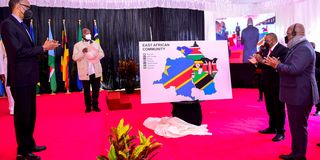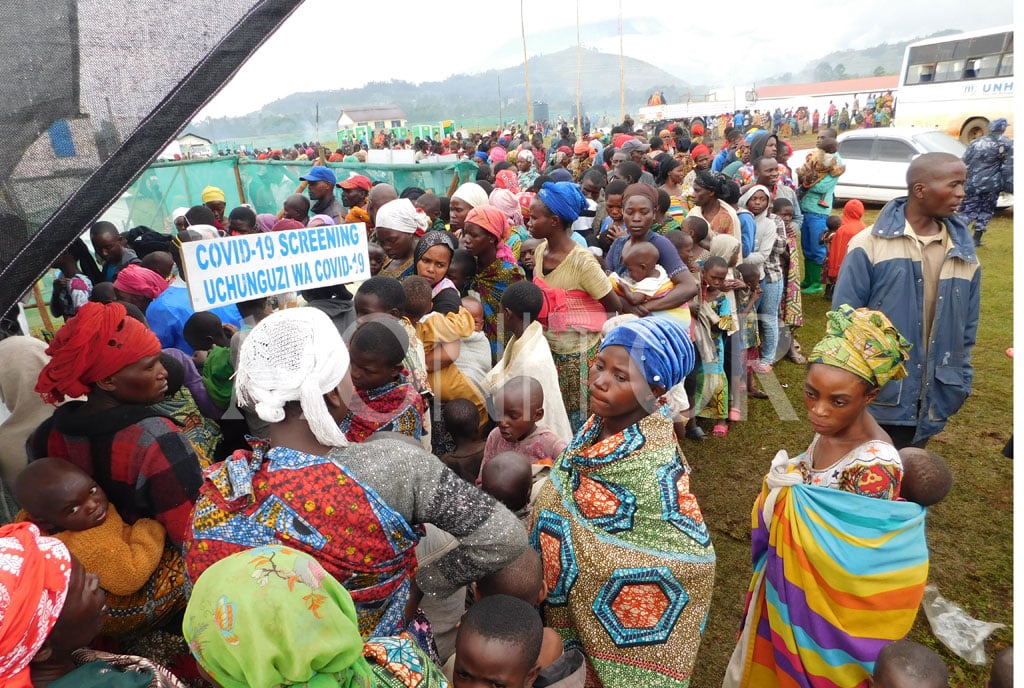Prime
What DRC brings to the EAC table

The Democratic Republic of Congo has formally joined the East African Community when President Felix Tshisekedi signed the deed of Accession to the Treaty establishing the EAC at a ceremony held on Friday at State House Nairobi, Kenya.
What you need to know:
- This development comes with many advantages, including easy access to key raw materials to support the region’s industrialisation agenda, improved intra-trade, connectivity, trade and investment, Continental market, and tourism opportunities among others.
The DR Congo, a sub-Sahara’s largest country, became the seventh member state of the East African Community (EAC) on March 29, joining Burundi, Kenya, Rwanda, South Sudan, Tanzania, and Uganda.
This development comes with many advantages, including easy access to key raw materials to support the region’s industrialisation agenda, improved intra-trade, connectivity, trade and investment, Continental market, and tourism opportunities among others.
DR Congo has a rich portfolio of precious metals, including cobalt, gold, diamond, aluminum, copper, and other precious minerals. The global commodity prices of the raw materials that it produces are at an all-time high.
DRC’s burden
However, DR Congo comes with a burden of unending conflict. In fact, it has been tagged a ‘problem child’ (Luke and Vicent, 2022). Despite its wealth, it is one of the poorest and most underdeveloped countries in Africa. Congo’s natural resources appear to be more of a curse than a blessing.
Nonetheless, trade in Eastern Africa is set for a boost after accession to the EAC by DR Congo. The admission of the DR Congo into the EAC, with a population of 90 million people, could be a game-changer.
The new EAC now offers a combined market-driven economy of 285 million people and a GDP of $275 billion (World Bank, 2020). With this bloc now stretching from the Indian Ocean in the East to the Atlantic in the west, the DR Congo presents the potential to open the Indian Ocean to the Atlantic Trade Corridor and link the region to Central Africa, North Africa, and other continental sub-regions.
DR Congo’s entry means integrating the EAC’s trade infrastructure, intermodal connectivity, one-stop border posts, and systems to reduce trade time and costs. With lower tariffs on goods and the removal of trading restrictions among partner states, goods and services will move more freely. With a larger market, manufacturers in the EAC will benefit from economies of scale, making them efficient and competitive.
DR Congo’s admission is a milestone in the transformation of the bloc into the most attractive trade and investment destination in Africa.
By Bob Twinomugisha
An economist with the Uganda
Development Bank




